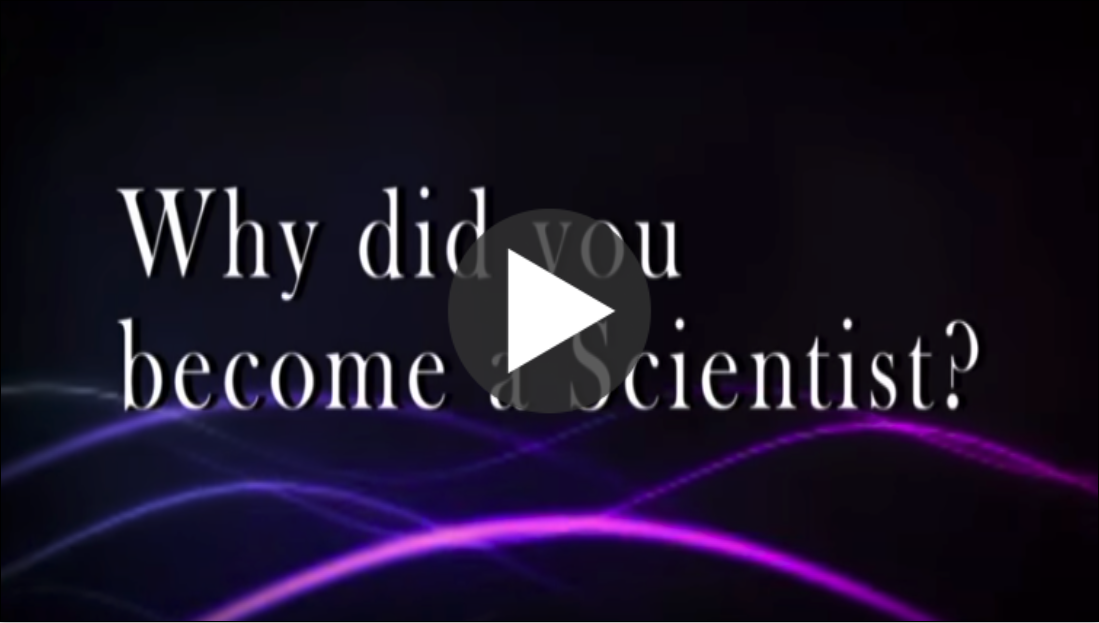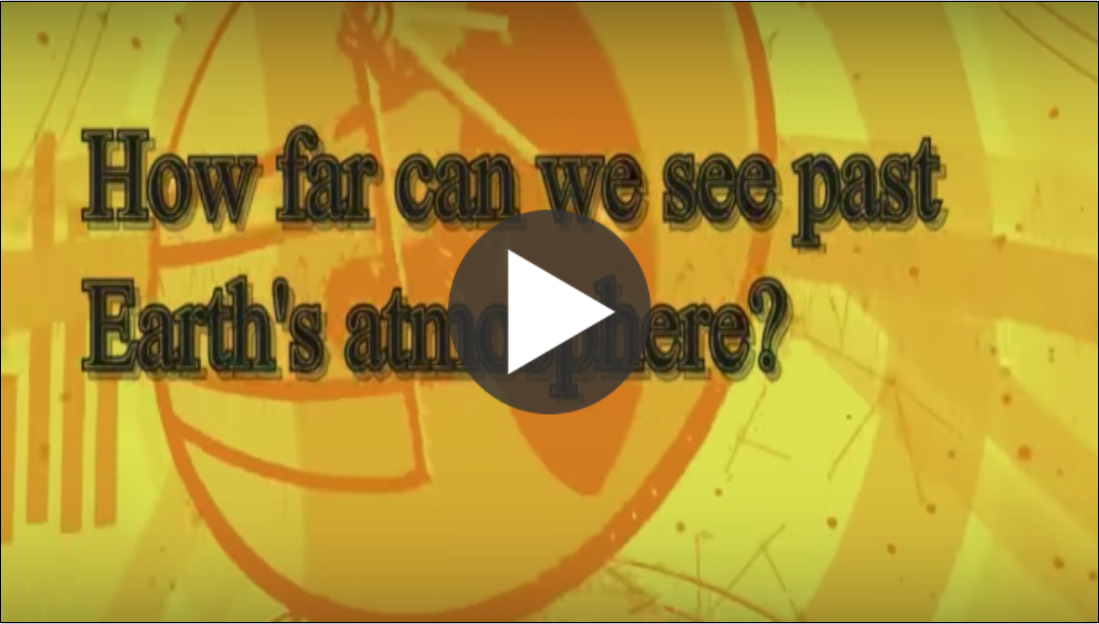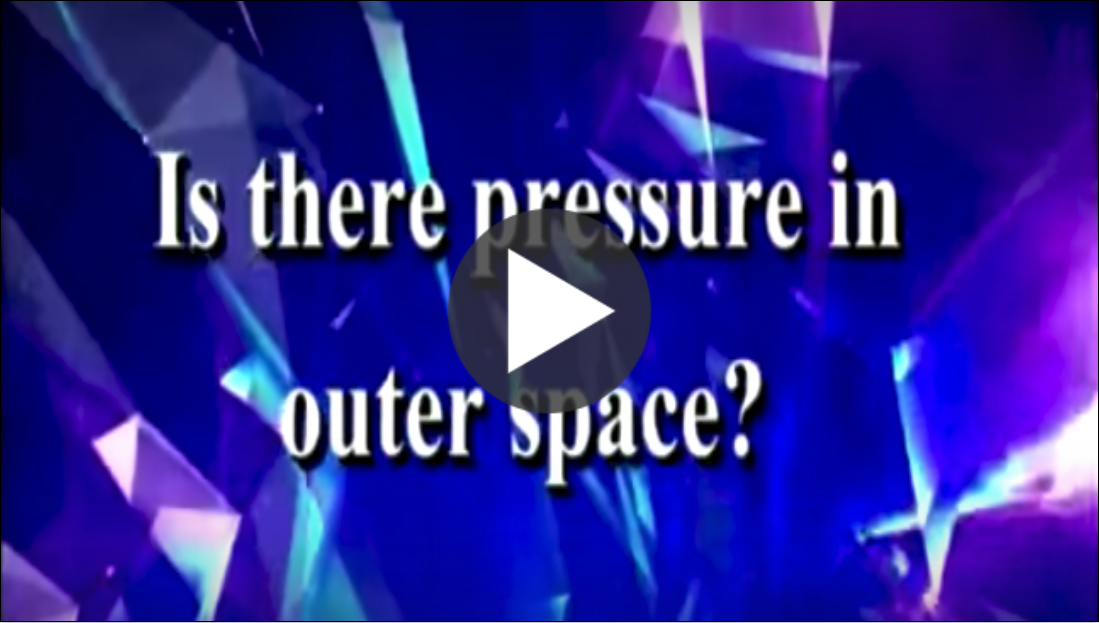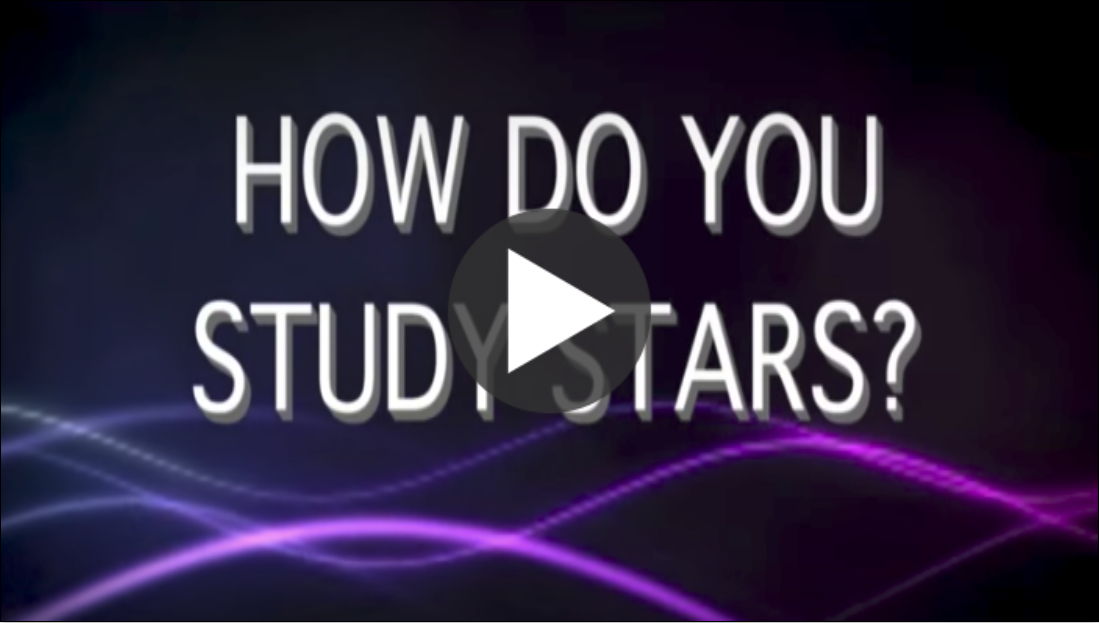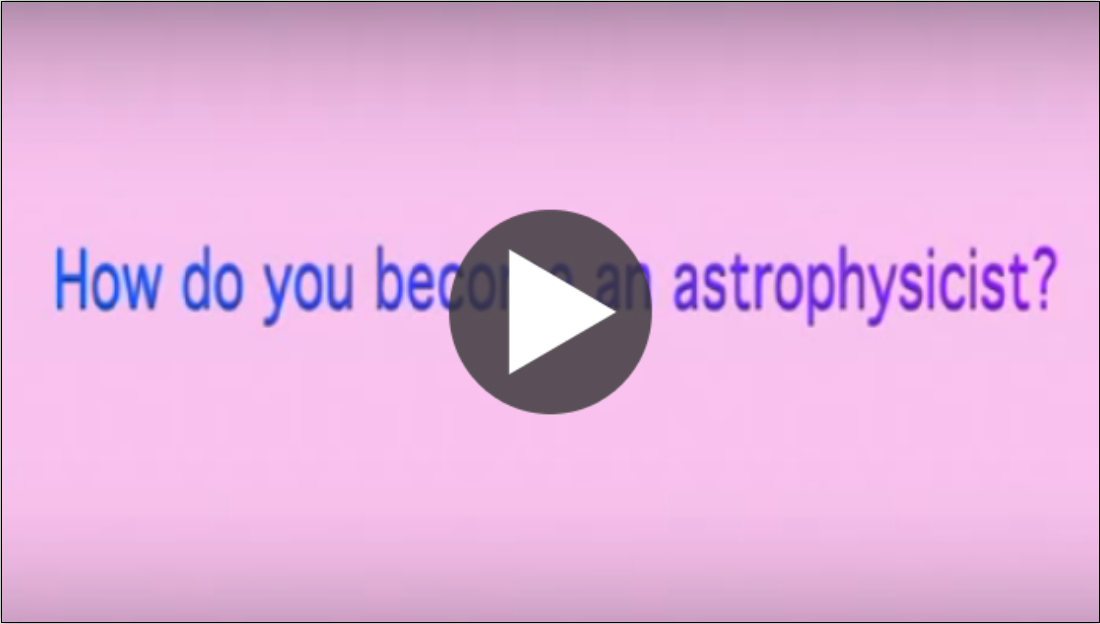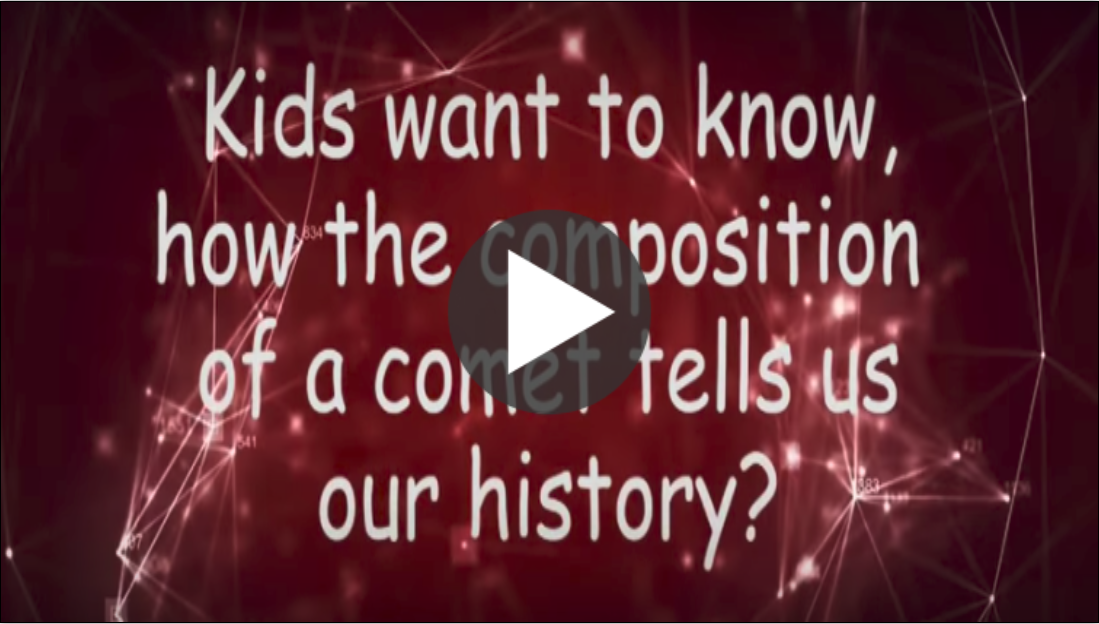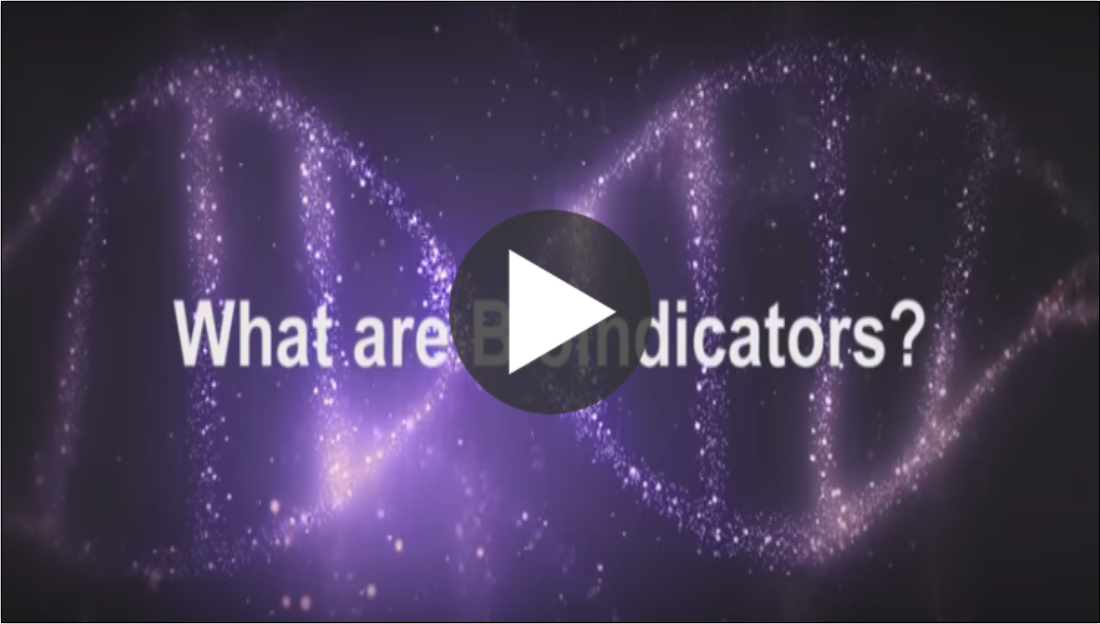NASA Spotlites are short (90-120 second) student-produced videos that allow learners to actively confront and disprove science misconceptions. These videos are paired with classroom-ready 5E lessons that will engage learners through interactive technology. Use NASA eClips lessons and the Spotlite challenge to increase your learners' scientific literacy.
Spotlite: Density
Spotlite: Gas and Mass
Spotlite: Heat & Temperature
Spotlite: Light
Spotlite: Magnets and Metals
Spotlite: Magnets and Metals
Spotlite: Mass & Weight
Spotlite: Movement of Molecules
Spotlite: Movement of Molecules
Spotlite: Objects at Rest
Spotlite: Objects at Rest
Spotlite: Physical Change
Spotlite: Sound Waves & Media
NASA SME2: How Can Women Be Successful in a STEM Career?
NASA SME2: How Do You Become an Astrophysicist?
NASA SME2: How Do You Study Stars?
NASA SME2: How Does the Composition of a Comet Tell Us Our History?
NASA SME2: How Far Can We See Past Earth's Atmosphere?
NASA SME2: Is There Pressure in Outer Space?
NASA SME2: What are Bioindicators?
NASA SME2: What is the Best Part of Being a Scientist?
NASA SME2: Why Did You Become a Scientist?
NASA SME2: Why Do Scientists Use Models?
NASA SME2: How Can Women Be Successful in a STEM Career?
Join Jessica Taylor, atmospheric scientist at NASA Langley Research Center, as she explains how she encourages women to pursue careers in science, technology, engineering, and math (STEM).
Produced by Newport News Public Schools in Newport News, Virginia.

Now Showing
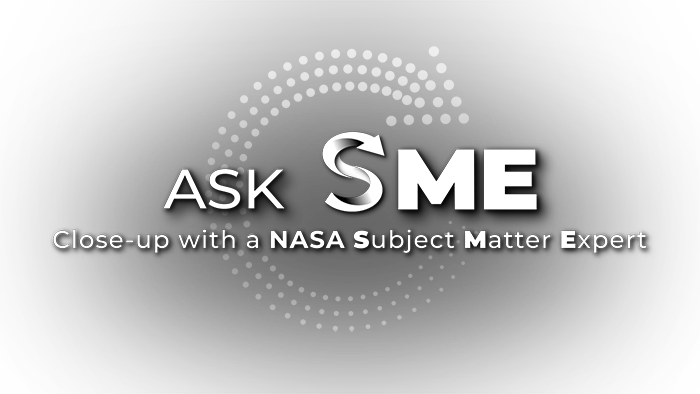
NASA SME2: How Can Women Be Successful in a STEM Career?
Join Jessica Taylor, atmospheric scientist at NASA Langley Research Center, as she explains how she encourages women to pursue careers in science, technology, engineering, and math (STEM).Produced by Newport News Public Schools in Newport News, Virginia.

